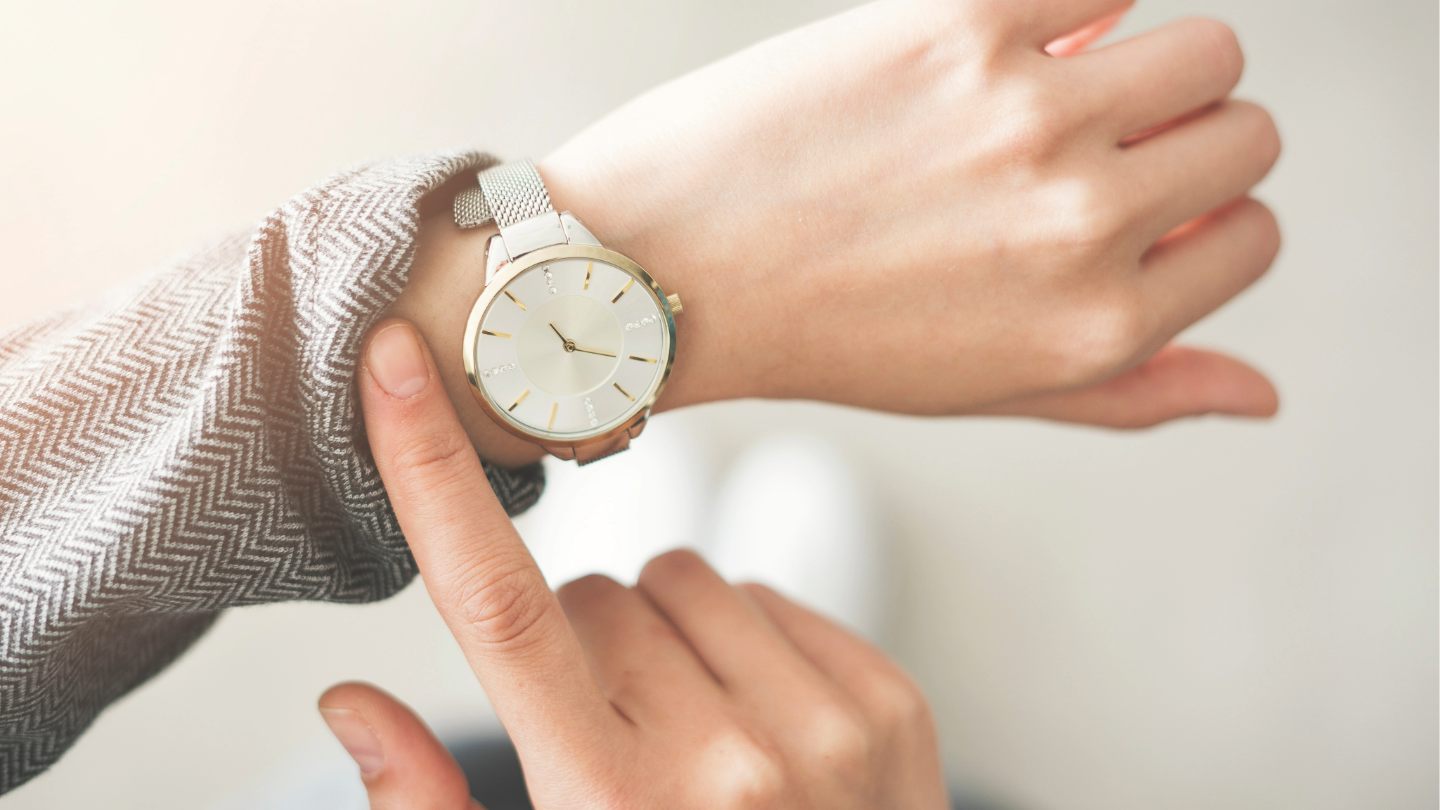While it pays to be kind at any time, being kind during different times of the day has a different effect on your body!
Kindness is often spontaneous (as it should be!), yet, there’s actually more science to the timing of it than you’d expect.
In this post, let’s dive into expert insights on how timing is crucial when it comes to kindness. From maximizing personal happiness to positively influencing your social circles, you can be kind to yourself too by pickng the best effect you’re looking for.
Feeling intrigued? You’re about to unlock the secrets of timing kindness that will change how you approach everyday interactions. Let’s dive in!
Why Timing Matters in Kindness
It should be a common agreement that it’s always a good time to be kind. But why does timing matter as we suggested above? Well, research has shown that the effect of an act of kindness can vary based on when it’s performed.
According to experts, our emotional states, daily routines, and even environmental factors can influence how a kind gesture is received. For example, receiving a kind note on a Monday morning can kick-start a positive week, but on a busy Friday evening, it might go unnoticed.
The science of kindness isn’t just about the act; it’s about strategically choosing moments so you can further amplify the effect your kindness brings.
Morning Kindness: Boosts Your Mood

Many people don’t appreciate this enough: Mornings hold special powers. It’s the only time of the day when our minds are still fresh and eager for positive experiences. Receiving an act of kindness during this vulnerable moment can set a positive tone for the rest of the day.
Try some of these things: Make or buy someone a cup of coffee or send a cheerful message. These are some examples of morning kindness that hold significant power. What’s better? The giver, yourself, will feel the same effect of the kindness too!
Starting your day with kindness can increase your own well-being so it’s a win-win situation.
Read more: 6 Things People Who Love Quiet Mornings Are Secretly Great At
Afternoon: Turning Slumps into Smiles

The midday slump is real for many, especially those with mundane jobs! Some studies suggest that midday is when fatigue and stress start to creep in. Here, kindness can be a game-changer to turn things around for the recipient.
Try these things: A surprise lunch treat or a simple compliment can make them forget about the midday blues. These gestures help to remind us that the world is more than our tasks and to-do lists, and a warm reminder of the support people around us are ready to offer. .
Evening: A Soft Landing During Busy Hours

As sunset nears, people are ready to wind down. Some may have had a rough day, and some may have one that didn’t seem inspiring. Well, it’s the perfect time for a kindness intervention. Offering support during these hours can lead to a much-needed morale boost.
Try these out: Share a conversation or lend a helping hand where they need. Often, those who struggle towards the end of the day just need someone to listen so they get a good night’s rest.
Evenings can feel long, but kindness keeps the energy positive, making everyone’s day lighter.
Weekends: Kindness on the Flexible Schedule
Weekends provide endless opportunities for kindness. People are usually not as busy with daily lives and have more flexibility with their schedule. With more free time and less pressure, they are a the perfect time for leisurely acts of kindness.
Consider volunteering, spending time with loved ones, or helping a neighbor, weekends are perfect for making well-considered, meaningful impacts. This is when you can plan more involved gestures that mean a lot.
Facing the Unexpected: Spontaneous Kindness
Let’s not forget about the best type of kindness: Spontaneous acts of kindness. Life is unpredictable, and your kindness is more likely to be amplified when people receive things when they don’t expect it.
Random acts, like helping someone with a flat tire or tipping the unexpected service worker are moments where kindness becomes both a surprise and a reward on its own. The moment will be even more well-remembered, something they’ll carry with them for the rest of their lives.
The Science Behind Kindness Timing

Timing in kindness is backed by science. Studies suggest that people are more receptive to kindness at specific times due to behavioral patterns and emotional states.
For instance, kindness received during stressful moments release more oxytocin—a hormone associated with happiness and reduced stress levels. This is exactly why mid-week or mid-day encouragement can work wonders. It’s almost as if the recipient is starting a brand new week!
Understanding these cycles allows us to be more effective in our kindness, ensuring it resonates deeply with the recipient.
The Best Tip: Perspective in Kindness Timing
With all that said, you might realize there’s no one size fits all timing when it comes to spreading kindness. Everyone’s schedule is different, they have different jobs, live different lives, and are going through different stages of life.
Hence, putting yourself in the recipient’s shoes is the best way to determine when it’s best to be kind to them.
For example, you want to make coffee for your friend. Some may do it in the morning, but you know your friend has a stressful meeting just before lunch, so maybe that’s a better time for your kindness to reach them!
Anticipating needs and filling those gaps with thoughtfully timed actions goes a long way in ensuring sincerity and maximizing emotional resonance with the recipient.
Don’t Forget Kindness in a Digital World
Lastly, we are now constantly online. With so much information on the internet, kindness can sometimes be diluted.
Consider sending timely messages of encouragement or sharing uplifting content when your online circle needs positivity. This can create a genuine impact and foster online communities.